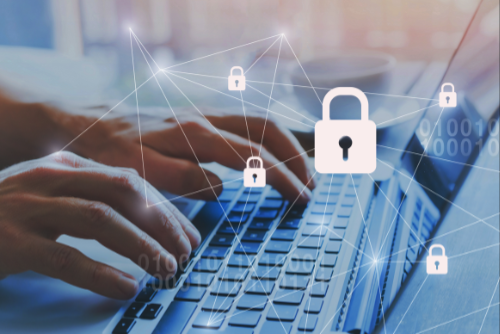- Docs
- /
Flexible working is the new normal: is your database secured?
03 Jul 2020 16426 views 0 minutes to read Contributors ![]()
![]()

As offices start to gradually re-open after the Coronavirus lockdown, companies are looking at new ways of working. Physical distancing means that many are planning a phased return, with employees divided into different groups and rotating attendance in the office. Others are looking to permanently operate a hybrid model of home and office working.
These new work models will reshape daily activities in companies around the world. The benefits, for individuals, businesses and the environment, could be significant. But, it also means that organizations need to be more mindful than ever to safeguard the core of many modern businesses; their database environment.
When databases fail, the impact can be catastrophic. As well as the immediate pain of lost productivity and opportunities, it can also cause more harmful long-term damage to a company's brand. Database downtime is a critical business threat that requires a broad, well-rounded disaster recovery plan.
Downtime is money down the drain
The best disaster recovery plans will involve a comprehensive roadmap that can account for a wide array of threats. These range from hardware malfunctions and human error to viruses and ransomware attacks. One of the key elements to consider is how will you get your database servers up and running as quickly as possible after any disaster?
SQL Server Desired State Configurator (SSDSC) provides added security
Your DBAs can set up the SQLTreeo’s SSDSC so it automatically reverts to your original configurations if any unauthorized database changes occur. That means if you’re the victim of a ransomware attack, or you just have a hardware or back-up failure, your servers can be up and running much more quickly than if your team had to manually re-configure potentially hundreds of servers. You can also be sure your database is always configured exactly as you have set it up.
An automated add-on to your disaster recovery plan
Our SSDSC is effectively an automated add-on to your disaster recovery plan. Your DBAs or DevOps team will configure the tool in advance. After that, the tool simply keeps checking for any changes across an unlimited number of servers.
Your DBAs stay in control and get to design the tool to meet their needs. For example, they can choose to receive alert messages and designate specific users. This tool also moves with your employees. Whether your DBAs are working from home, your head office or a remote working hub, they can connect to it from their laptop and schedule it to keep an eye on all your database configurations.
It’s straightforward for your DBAs or DevOps team to configure our SSDSC. They can download a free trial here. Then you can relax, knowing that your business can bounce back quickly from any database downtime.
In this article

